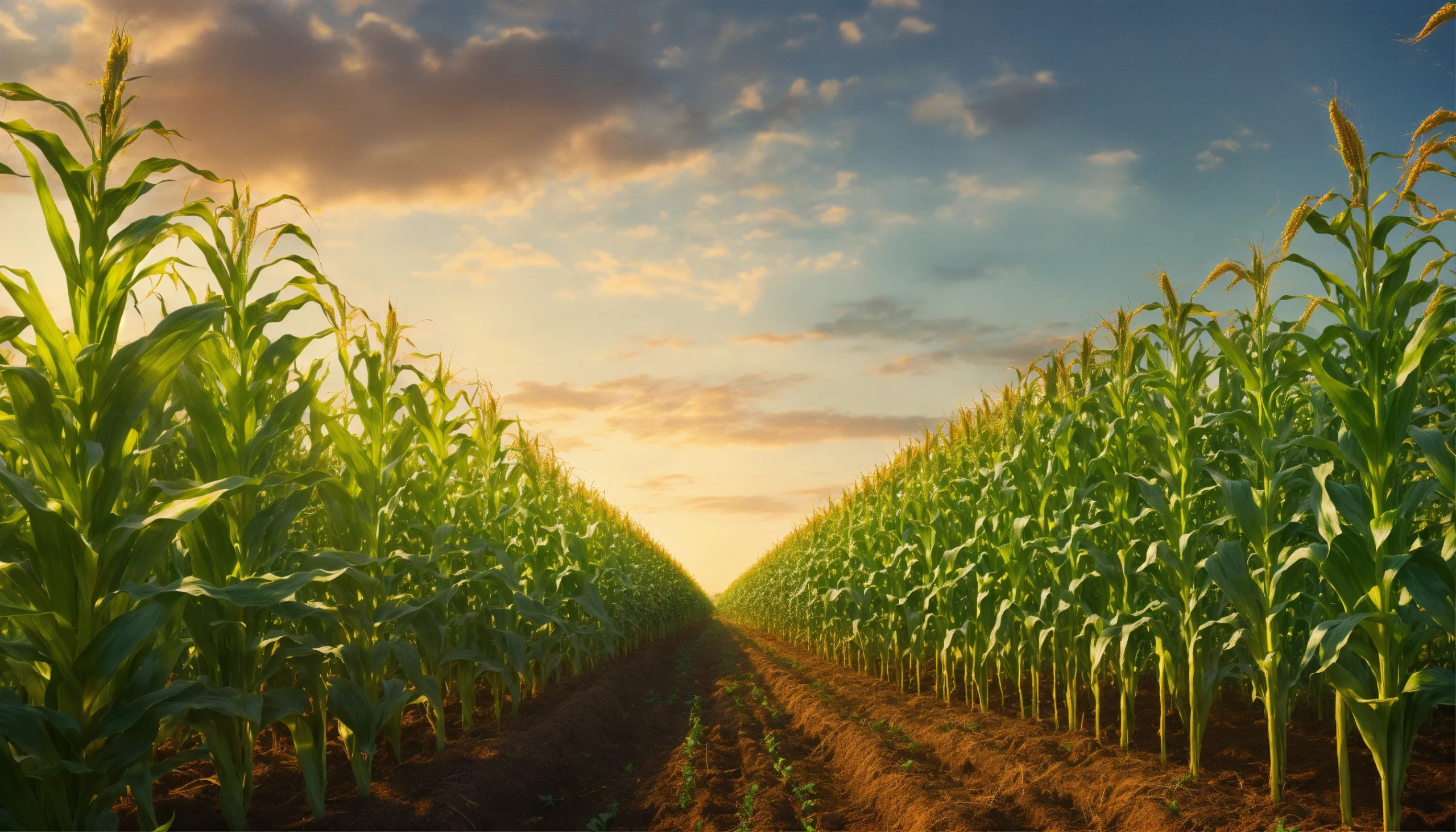The Rise of AI in Agriculture
Artificial Intelligence (AI) is revolutionizing agriculture by enhancing productivity, sustainability, and efficiency. From precision farming to predictive analytics, AI technologies are transforming traditional farming practices. The global AI in agriculture market was valued at approximately USD 4.7 billion in 2024 and is projected to grow at a CAGR of 26.3% between 2025 and 2034.
Begin by pinpointing specific challenges in agriculture that AI can effectively address. Common issues include:
- Crop Monitoring: Detecting diseases, pests, and nutrient deficiencies.
- Irrigation Management: Optimizing water usage based on soil moisture and weather forecasts.
- Yield Prediction: Forecasting crop yields to inform supply chain decisions.
- Weed and Pest Control: Identifying and managing unwanted plants and insects.
For instance, AI-driven pest detection has led to a 35% reduction in pesticide application, lowering environmental impact.
High-quality data is the foundation of any AI solution. Key data sources include:
- Satellite Imagery: Provides large-scale crop monitoring.
- Sensor Data: Soil moisture, temperature, and nutrient levels.
- Weather Data: Historical and real-time weather conditions.
- Farm Management Records: Planting dates, crop varieties, and yield data.
Ensure data is cleaned, labeled, and stored in a structured format to facilitate effective model training.
Select AI technologies that align with your identified challenges:
- Machine Learning (ML): For predictive analytics like yield forecasting.
- Computer Vision: For image-based tasks such as disease detection.
- Natural Language Processing (NLP): For analyzing textual data like farmer reports.
- Robotics: For automating tasks like harvesting and weeding.
For example, integrating AI-driven autonomous robots in modern agriculture is revolutionizing how farms manage weeding and pest control.
With prepared data and selected technologies, proceed to develop AI models:
- Data Splitting: Divide data into training, validation, and test sets.
- Model Selection: Choose algorithms suitable for your task (e.g., convolutional neural networks for image analysis).
- Training: Feed data into the model to learn patterns.
- Validation: Fine-tune model parameters to improve accuracy.
- Testing: Evaluate model performance on unseen data.
Continuous iteration and refinement are crucial to enhance model accuracy and reliability.
Once validated, deploy the AI solution in real-world agricultural settings:
- Integration: Ensure compatibility with existing farm management systems.
- User Interface: Develop intuitive interfaces for farmers and agronomists.
- Scalability: Design the system to handle large-scale operations.
- Maintenance: Establish protocols for regular updates and troubleshooting.
For instance, AI-powered drone technology is used in over 70% of large-scale farms for crop monitoring.
Post-deployment, continuously monitor the AI system’s performance:
- Accuracy Metrics: Track prediction accuracy and error rates.
- User Feedback: Collect insights from end-users to identify areas for improvement.
- System Updates: Regularly update the AI models with new data to maintain relevance.
Engaging with users ensures the AI solution remains effective and user-friendly.
Developing an AI solution in agriculture involves a systematic approach: identifying challenges, collecting quality data, selecting appropriate technologies, developing models, deploying solutions, and continuous monitoring. With the agricultural AI market projected to reach USD 13.0 billion by 2033, investing in AI-driven agricultural solutions presents significant opportunities for innovation and growth
